When climbing in the mountains, a mountaineering axe can be a valuable tool for ascending or descending slopes, self-arresting in the event of a fall and building anchors. In this article, we will introduce you to how you can use a mountaineering axe and provide some tips for how to do so effectively.
The first thing to keep in mind when using a mountaineering axe is that it is not simply a tool for chopping ice. There are four main ways to use an axe when climbing: ice axing, Step Cutting, Anchoring, and Self-Arresting.
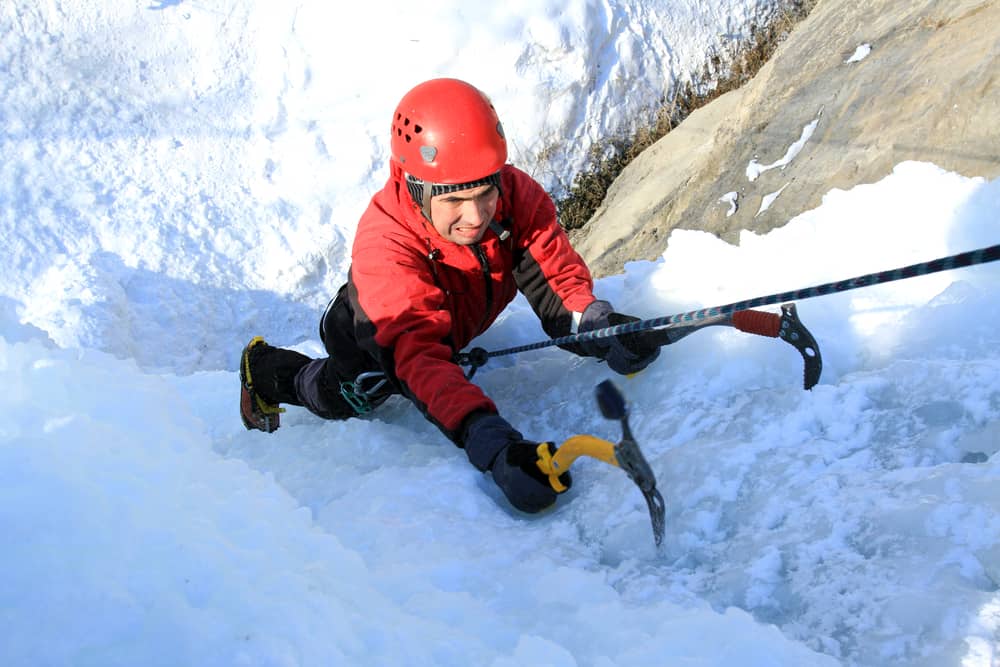
Ice axing is the most basic way to use an axe and involves utilizing the pick at the head of the axe to chop into ice. To do this effectively, hold the axe with your non-dominant hand close to the head of the pick and your dominant hand near the shaft. When attacking the ice, forcefully drive your choice into it while keeping your arms close to your body.
Step Cutting is another way to ascend or descend steep slopes. Hold your axe with both hands on the shaft near the center and step up onto the uphill side of your pitch with your toes pointing downhill. Dig the pick of your axe into the slope above you and pull back on the shaft to create a step. Then, bring your other foot up next to the first and repeat the process.
Anchoring is a technique that can be used to build belay anchors or rappel points. To do this, drive the head of your axe into the snow or ice at a 45-degree angle until it is buried about halfway. Keep the axe’s shaft as level as possible to ensure a strong anchor point.
Self-arresting is a technique that is used in the event of a fall. To do this, quickly bury the pick of your axe into the snow or ice in front of you. Then, press down on the shaft with both hands and use your feet to dig in and stop your fall.
Table of Contents
How to Choose the Right Mountaineering Axe for Your Needs
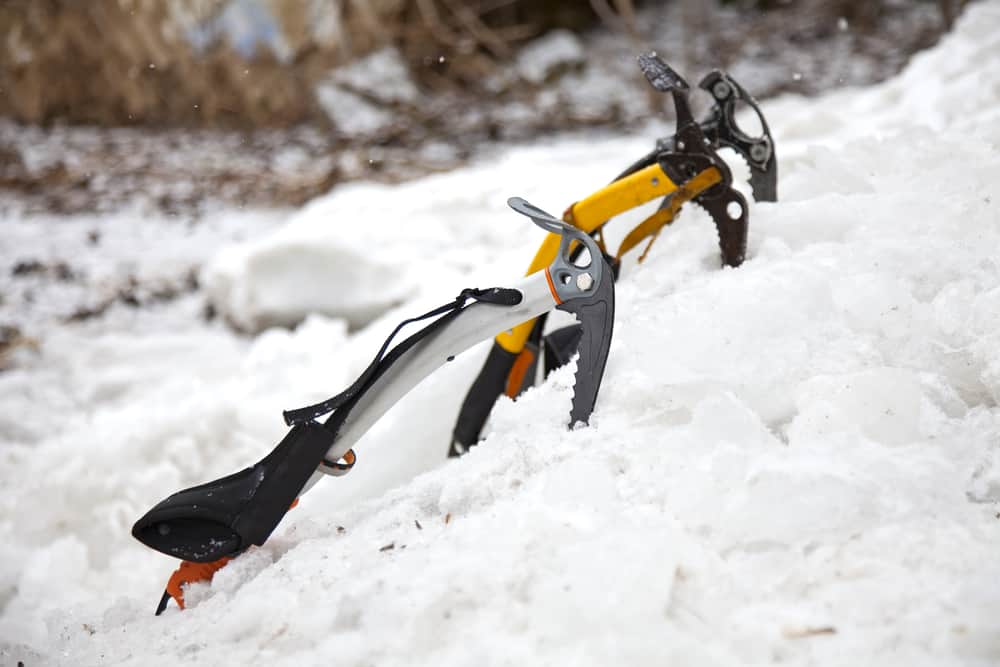
Choosing the right mountaineering axe is essential for a safe and successful climb. There are a few factors you need to consider when deciding, including the type of climbing you will be doing, the weight of the axe, and the length of the shaft. Each factor is vital in helping you choose the right axe for your needs.
The type of climbing you will be doing is vital because it will help you determine the size and weight of the axe you need. If you are mainly doing ice climbing, you will need an ice axe that is heavier and has a longer shaft. A general mountaineering axe will be sufficient if you are doing more mountaineering than ice climbing.
The weight of the axe is also essential. You don’t want to carry too much weight with you on your climb, but you also don’t want to have an axe that is too light and won’t be able to do the job. Generally, an ice axe will weigh more than a general mountaineering axe.
The length of the shaft is another essential factor to consider. If you are short or have small hands, you will need an axe with a more temporary post. If you are tall or have large hands, you will need an axe with a longer shaft.
How to Use a Mountaineering Axe for Self-Arresting
The importance of being able to stop yourself from sliding down a mountain cannot be overstated. One slip and you could find yourself tumbling down the slope, potentially injuring yourself or worse. There are two ways to self-arrest with a climbing axe, depending on whether you use one hand or two.

- Using the self-arresting technique with one hand, you must place the axe pick side down onto the snow. You must then grab the axe’s shaft and dig the pick into the snow to stop your fall.
- The axe must be placed on the snow with the head down for the two-handed self-arrest method. You will then need to grab the axe shaft with both hands and dig the head of the axe into the snow to arrest your fall.
How to Use a Mountaineering Axe for Ascending Slopes
Ascending steep terrain requires using a mountaineering axe, the significance of which cannot be emphasized. This critical skill can mean safely reaching the summit and being stranded on a mountainside. You can safely navigate up even the steepest slopes with a mountaineering axe.
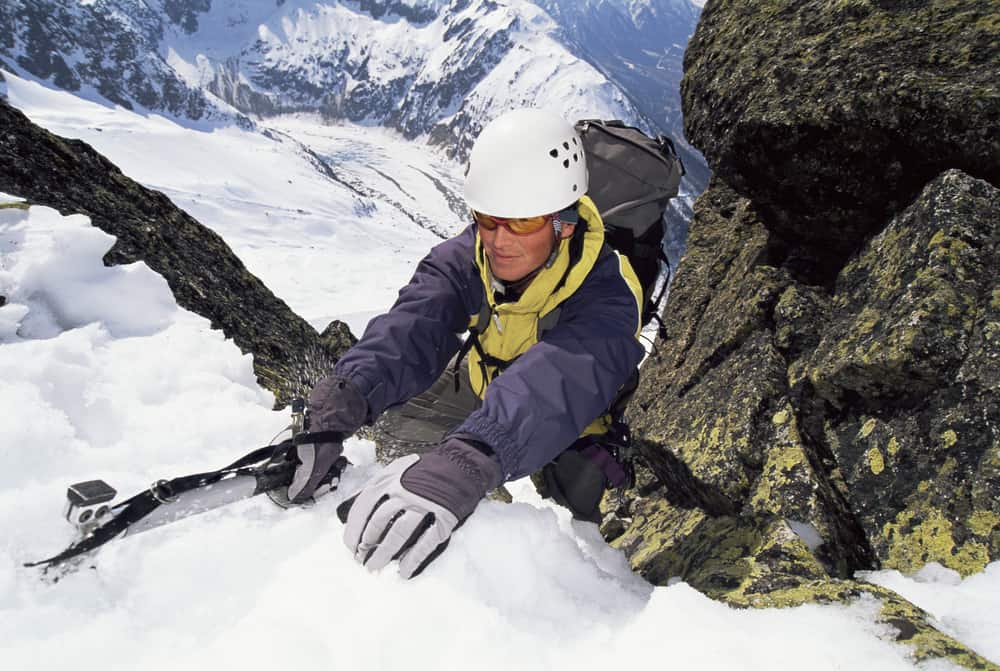
When choosing a mountaineering axe, selecting one that is the correct size and weight for you is essential. The length of the axe should be based on your height – taller climbers will need longer axes, while shorter climbers can get by with smaller ones.
As for weight, it is essential to find an axe that is not too heavy or too light – you want something that you can easily carry without feeling weighed down, but that is still sturdy enough to handle the task.
Once you have the right mountaineering axe, using it to ascend slopes is relatively straightforward. Start by planting the axe in the snow at a comfortable angle, with the pick pointing uphill. You then use the axe as a support to help you pull yourself up the slope. Keep your body close to the axe as you climb, giving you more control and stability. Stop and plant the axe in the snow if you need to rest.
How to Use a Mountaineering Axe for Descending Slopes
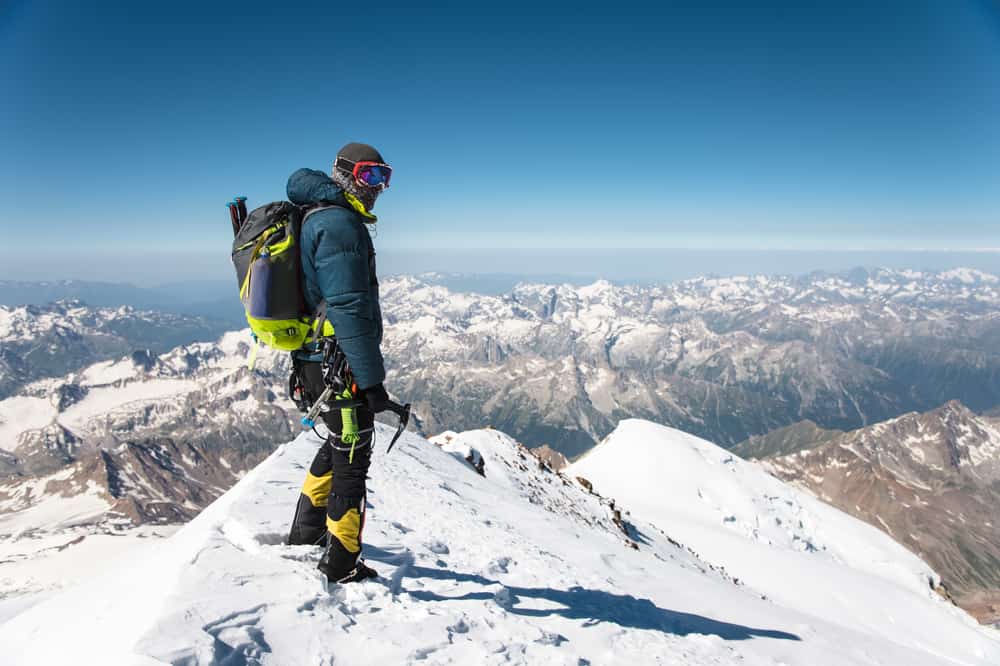
The importance of being able to descend a mountain safely cannot be overstated. A mountaineering axe is the best way to do this, and it is essential to know how to use it correctly. This article will give you all the information you need to descend a mountain using a mountaineering axe safely.
There are two ways to use a mountaineering axe for descending a slope – the self-belay method and the pick-belay method.
- Self-belay: This is the most common method and is best suited for slopes that are not too steep. Hold the axe in your dominant hand with the pick pointing behind you to self-belay. Start walking down the hill and plant the axe into the snow regularly. You can also loop a rope around your waist and attach it to the axe for extra security.
- Pick-belay: This method is best suited for steeper slopes. Hold the axe with the pick facing you to pick-belay. Keep the rope attached to your waist taut as you walk so that if you slip, you will be caught by the rope.
As with any activity, there are always safety concerns to keep in mind. When using a mountaineering axe for descending a slope, there are two main things to watch out for – falling and hitting yourself with the axe.
- Falling: Falling is the most common cause of injury when descending a slope. Plain the axe securely into the snow at regular intervals to avoid this. If you happen to fall, try to fall on your side so you can use the axe to stop yourself.
- Hitting yourself with the axe: Another common cause of injury is hitting yourself with the axe. This can happen if you do not hold the axe correctly or slip and fall on the axe. To avoid this, always have the axe in your dominant hand and keep a firm grip on it. If you fall on the axe, try to roll away from it so that you don’t get impaled by the pick.
How to Use a Mountaineering Axe for Building Anchors
Anchors are an essential part of mountain climbing and are crucial for safety. If you cannot build a stable anchor, you could end up in danger. That is why it is essential to use a mountaineering axe.
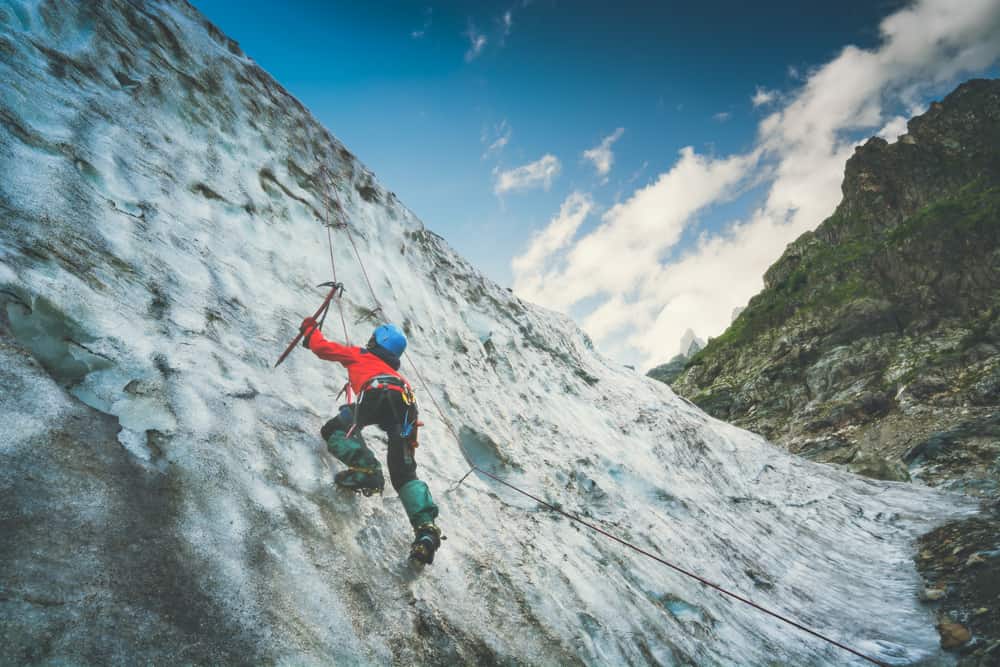
When it comes to building anchors, there are a few basic things you need to keep in mind:
- It would help if you found an excellent spot to put your anchor. This means finding a place that is solid and will not move.
- You must ensure your anchor is strong enough to hold you and your weight.
- You need to ensure that your anchor is correctly attached to the rock.
Mountaineering axes can be used to make anchors in several ways. One way is to use it as a passive anchor. This means you will use the axe’s weight to help hold the anchor. You must drive the axe into the rock and clip your rope onto it.
Another way to use a mountaineering axe for building anchors is by using it as an active anchor. This means you will use the axe’s power to help hold the anchor. You will need to use an ice screw or clamp to attach the axe’s head to the rock. Then, you can clip your rope onto the axe’s handle.


